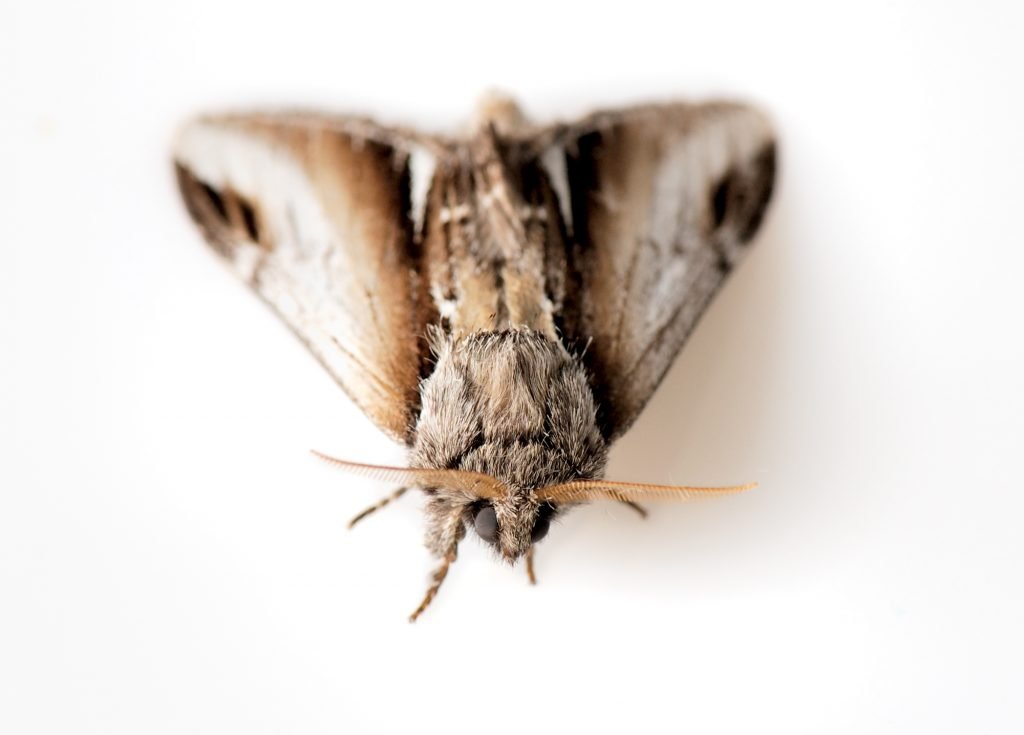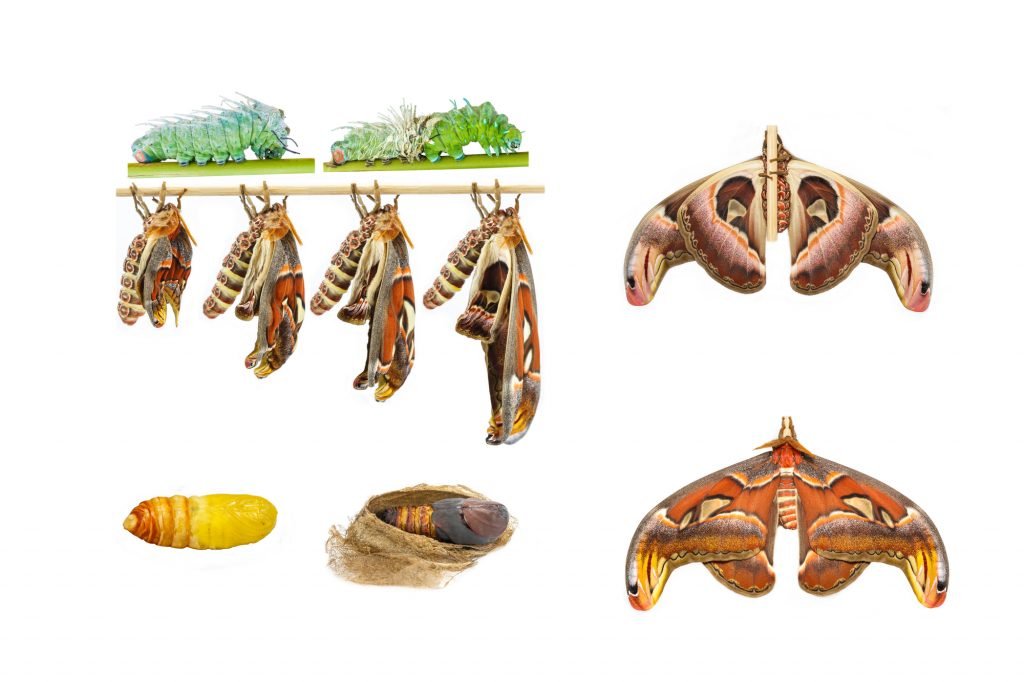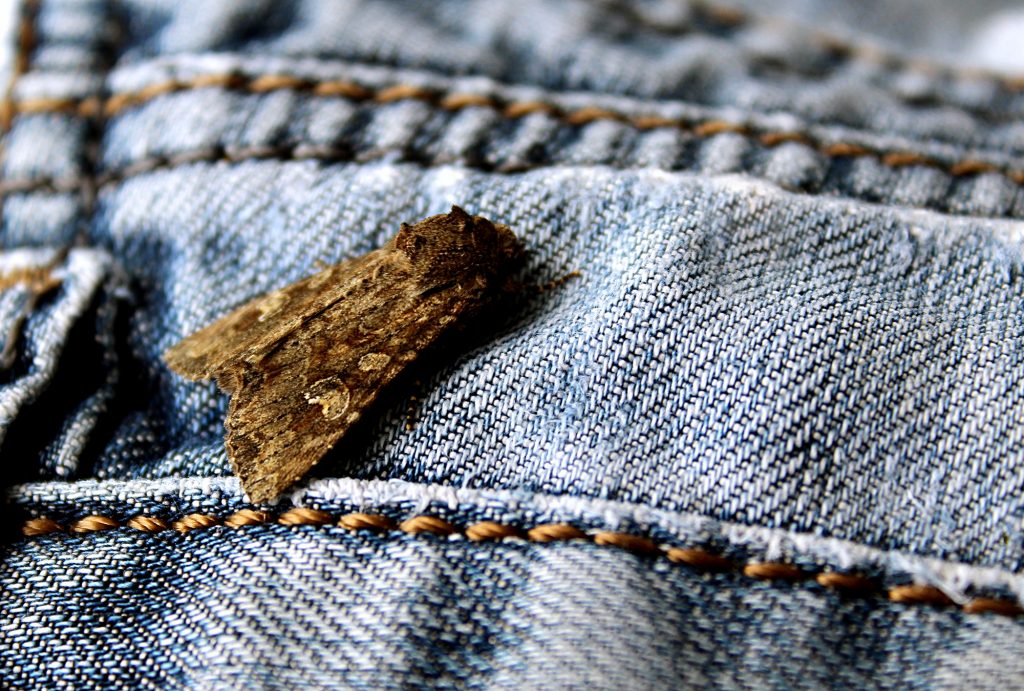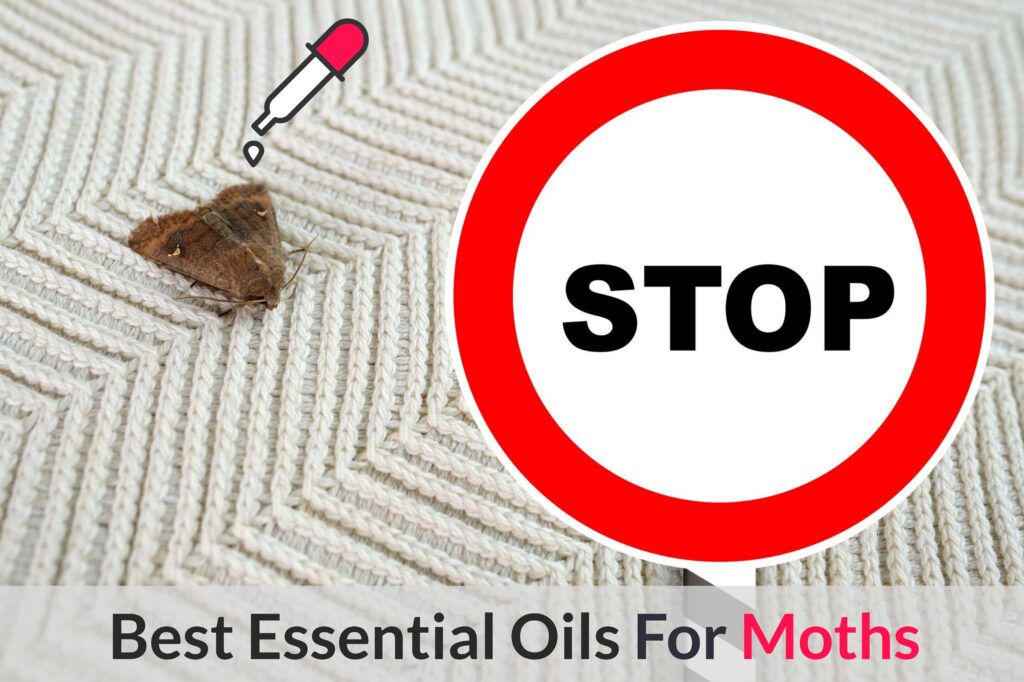I don’t know why, but keeping in touch with old friends seems to be an uphill task. Don’t get me wrong, I miss and care for these friends. It’s just that getting myself to reply to that email or text takes just a tad longer than it should.
My Olive Nation on the other hand; I try to reply to your comments and answer your questions as quickly and earnestly as possible.
So anyway, a while back I managed to free an entire weekend and visited my friend Emily (She has a family now). It was fun. But while I was there (on Saturday night), a moth flew in from God knows where and started doing a spiral dance around the table lamp.
My friend was irritated by it but her son seemed intrigued and curious. As he was reaching to touch it (amidst its spiral dance), Emily with her quick reflexes smashed it and continued to say, ‘these insects have dusty wings. A tinge of that dust in your eye could render you blind, do you want that?’ The kid in his shock could only manage to nod NO!
But this got me thinking. Is it true that moth dust (if there is even such a thing) can lead to blindness? Well, you are about to learn the absolute truth today. In addition to fun moth facts, I will educate you on how essential oils can be used to get rid of moths.
Conservationists say that moths are beautiful life forms, but will as many as you say Yay…? The nays have it. Truth is, many of us find them irritating. But we do love their cousins – the ever magestic butterflies, am I right?
What Are Moths?

The best way to describe a moth is in relation to butterflies. They are winged insects that are related to butterflies and belong to the same order – Lepidoptera. Most of the lepidopterans are actually moths and they are about 160,000 moth species in the world – shocking right?
But while butterflies and moths belong to the same order, they have numerous differences both behavioral and physical. It is these differences that cause us to prefer butterflies to moths. Here are how the two differ.
With regard to their behavior, butterflies are diurnal (meaning they are most active during the day) while moths are nocturnal. When they are resting, butterflies fold back their wings while moths flatten their wings out – like an ugly, fluffy, jet plane.
In the pupa stage, (this is the stage between the larvae and the adult stage) the two have differences as well. Moths form cocoons wrapped in silk while butterflies form chrysalises. Chrysalises are smooth, hard and silkless.
The physical differences are numerous. Butterflies have thin antennas featuring club tips and moths have feathery antennas. Moths are fuzzy and stout while butterflies are smooth and slender. Butterflies predominantly have vibrantly colored wings while moths (though some types are colorful), predominantly have dull colors and are boring.
That said, the Madagascan sunset moth is the exception to the rule. It is diurnal and its wings are bright and colorful. Moth amateurs might actually confuse this species for butterflies.
So now let’s get back to the concern ‘can moth dust cause blindness?’
Can Moths Cause Blindness?
I like dealing with facts. And as it is, there isn’t any substantial scientific evidence to support this claim. And while we are at it, what we call dust is actually not dust but scales that are formed from modified hairs. The fact that they are super tiny makes them look like dust.
Some moth species have poisonous chemicals in their scales but even these cannot cause permanent blindness. What the ‘dust’ will do is irritate your eyes. Compared to blindness this is a super easy situation to handle. Rinsing your eyes with a lot of clean water and then flushing out the remaining ‘dust’ with some eye drops will do the trick.
When the ‘dust’ is in your eyes, you should try not to rub them since it will only make the situation worse. Accompanying the irritation is reddening of the eyes and a burning sensation. Now, so why do moths even need scales? And does losing the scales ground them?
Believe it or not, the scales have multiple functions in moths. Below is a list to fill you in on this.
Camouflage
As I pointed out before, the scales are actually small hairs. These scales help in creating the intricate patterns on the wings. For the moths that are bland and boring, the scales add some bit of shine.
The patterns usually appear in some dull colors like black and brown. Since most moth species fly around at night, they do not need bright colors like butterflies do. The dull colors improve their camouflage as they rest when the sun is shining. This allows them to blend with their environment.
Warmth
Since moths are often active in the cover of darkness, they need some help to remain warm. The scales provide a perfect layer of insulation. Butterflies use their scales to regulate temperatures too. But in comparison to those of moths, their scale layer is thinner.
Dating
Even though they are adorned with dull colors, female moths are more than able to attract suitors. Their color combinations and patterns are just right. Female and male moths follow a trail of pheromones to find their mates. However, the visual cues are important for when they are close to each other. These help them to spot one another.
So while a moth can still fly after losing scales, its chances of attracting a mate are nil. How sad is that? I bet the moth at that point wishes it was dead. Haha.
Losing scales
The scales on the moth wings come off easily. Moths lose some scales every time they fly and land on flowers to feed – even the wind can remove the scales. Thought the scales are slightly useful to aerodynamics, they are not essential to their flight so they still can get around.
Now, when you touch a moth’s wings, the danger is not removing the scales but rather, damaging the delicate wing – though I highly doubt that touching a moth would seem like an attractive option for you.
Why Are Moths Attracted To Light?
Believe it not, moths do not like artificial light. Yes, I know this is hard to believe especially with the seemingly excited spiral dance they do close to artificial lights.
You see, moths navigate and find their way in the darkness by flying at constant angles relative to the moonlight. This helps them to keep flying in a straight-ish line.
When they come across artificial light sources, the angle in relation to the light changes and the moth gets confused. They mess with the moths’ ability to triangulate their position and fly towards their intended direction.
Life Cycle Of A Moth

As you are aware, like other insects, moths do not start out as moths. They go through various stages in their life cycles. These stages see the moth morph from an egg into an adult moth.
Every stage in the life cycle is important to their growth and development. There is quite a lot to be learned about these specific stages. But before we get to it, note what butterflies and moths share in their life cycle.
The Egg
This is the first stage in a moth’s life cycle. It is also known as the embryonic stage. In this stage, the embryo develops in the egg. The process is not any different from that of fishes or birds. It starts off when a male and female moth do the nasty. However, the mating ritual between moths is complicated and rather intense.
Once fertilization is done, the female searches for a place to lay the eggs. Usually, the place she chooses is usually laden with plant matter. The plants will provide food to the larvae when they hatch.
Speaking of food, it is for this reason that you will find moths in your closet munching away at your clothes. Moths are in love with some clothing fibers. The same case is true for the adults. When the eggs are laid, they are allowed some time to go through the gestation period.
The gestation period is usually between 4-10 days. So the caterpillar will need about 10 days to hatch. However, for the egg to hatch, certain conditions need to be met. These conditions include warm temperatures and some humidity. The length of the gestation period will also depend on the type of moth. But regardless of the type, 10 days is the longest.
Here is an interesting fact; in a period of two weeks, a female moth can lay about 50 eggs. Once all the eggs are all laid, the female will die. Though there are some moth types that can lay about 300 eggs in their lifetime.
As the embryo grows in the egg, it absorbs nutrients after which it hatches and proceeds into the larva stage. This stage is commonly known as the larva stage.
Larva Stage
Now, just so that we are on the same page here (I don’t like assuming it), larva is singular and larvae is plural. In this piece, I will be referring to the larva stage as the caterpillar.
When the caterpillar hatches, the first thing it feeds on is the shell from the egg it hatched from. The shell is rich in vitamins, proteins and other nutrients that caterpillars need for their survival, growth, and development. All caterpillars look different so I shall not get into that.
When the larva hatches, it is called an instar. The instar then goes through a process of shedding and molting like snakes and spiders do. The reason this happens is that the skin does not grow as the insides do. As such, the skin needs to shed to provide room for the instar to grow in size. After hatching, the caterpillar is referred to as the first instar.
The caterpillars will eat the shed cuticles as they are packed with protein and other important nutrients. After the first caterpillar molting, the caterpillar is known as the second instar. The growth of the instar depends on the amount of food it feeds on, the climate and its type.
During its life, a caterpillar will eat food amounting to almost 2700 times its body weight. This is important to get it prepared for the next stage – pupa stage. When the caterpillar is ready to transform into a cocoon and emerge as a moth, it will move away from the plant life and find a humid, warm and safe place to ‘hide’ awaiting the transformation.
Pupa stage
The pupa stage is interesting. It is during this stage that the caterpillar transforms into an adult complete with wings and all. The pupa in the final pupa stage is referred as being in the cocoon.
In the pupa stage, the caterpillar will spin silk into a protective cocoon. The purpose of this cocoon is to provide protection while it is vulnerable and still transforming. While most people think of this stage as the resting stage, a lot is going on underneath. All the food the larva had stored up for itself is being put to good use.
How long the pupa stage lasts depends on its environment, the size and species of the moth. However, most moths need between 5 and 21 days to transform.
Adult
This is the final stage of a moth’s life cycle. In this stage, it grows wings and can fly. An adult moth is also known as an imago. It takes quite a bit of time for the moth to emerge from its cocoon. During this time, the moth is getting stronger and more resilient. The emergence process is tough and rather difficult.
When it finally emerges, the moth has shriveled wings and a bloated abdomen which makes it difficult to fly for several hours after. During this time, blood is also being pumped into the wings to get them to their full size.
The lifespan of a moth is between several weeks and several months.
Types Of Moths

So far from what I have explained, it’s becoming clear why one would want to get rid of moths. Thing is, unlike butterflies, moths are considered pests. In homes, they cause major damage to clothing, soft furnishing, and carpets. The types of moths that cause these destructions are referred to as clothes moths.
However, do note that there are also other moth species that feed on grains and seeds. These are known as flower, meal and wax moths. While these two have general characteristics defining them, every subspecies also have unique traits that distinguish them from the pack.
Clothes Moths in General
From the name, it is easy to guess what they are attracted to. You guessed it right, these are attracted to clothes. The adult moths have a pale gold color. Unlike most moths, it will take a lot to get this moth to fly away.
These moths prefer to run fast rather than fly it is almost as though they think they are cockroaches and do not have wings. The clothes moths have a wingspan of between 10mm and 20mm. They love living in dark places. Below are subcategories of clothes moths:
Common Clothes Moths
These are also referred to as webbing clothes moths. They are attracted to materials that have keratin. This includes feathers, wool, silk, and hair. Additionally, they are also attracted to some vegetable matter including cereal and cotton.
Case-bearing clothes moths
These are not as dangerous to fabrics as their brothers are. Their name emanates from the fact that they construct a case in their larva stage. The case is spun from silk in addition to any other material that is close by.
Tapestry Moths
This moth type is attracted to the coarse fabric in comparison to other clothes moths. Any clothes that have heavy and thick fabric, the kinds that you think cannot be eaten through will be fed on by the tapestry moth.
Brown House Moths
Though in the clothes moth category, this moth type is very different from the rest. This moth resides in bird nests. It, however, can break into your home and attack your food and fabric.
Flour, Meal and Wax Moths
These moths are considerably larger than the clothes moths. But on the downside, they are slightly more delicate and fragile. Most of the moths have a light brown color.
They have a wingspan of between 20 mm and 40mm, complete with wide hind wings and narrow forewings. These species are known for their attraction to food. Below is a moth that falls under this category:
India Meal Moth
India meal moths are by far the most meal, flour and wax moth type. In their larvae stage, they love feeding on grains, pasta, granola, flour, cornmeal, cakes, oatmeal and cookie mixes. These moths have a brownish gray color to them. They grow to about ½ an inch in length.
It is important to know that it is the gluttonous larvae that are a threat to food stored in your home.
Moths And Allergic Reactions

‘Domestic’ moths do not have vampire tendencies. They are not interested in your flesh or blood like some wild species are. As such you shouldn’t worry about getting a moth bite. However, what you might develop are rashes in reaction to contact with the moths.
Now, moth allergy is related to the ‘dust’ we talked of at the beginning of this piece. Their fecal matter also results in similar allergic reactions. But let’s have a closer look at the allergies caused.
Only a handful of moths are known to cause allergic reactions. Most often, it is the caterpillars that will cause health issues usually to the skin.
Some moths and even butterfly larvae have sharp spines or hair that can penetrate the human skin and deliver a toxin which (though relatively harmless), can cause allergic reactions to some. Some of the allergic reactions experienced include:
Moth Related Health Problems
a) Dermatitis and Urticaria
This is caused by caterpillars. Their main symptoms include:
- Small red bumps on the skin
- Swelling
- Itchy skin
- Widespread redness
b) Bleeding
This reaction is usually from contact with South America’s moth caterpillar. The symptoms are as a result of a sting that injects venom causing problems that include:
The venom is fast spreading through the lungs and kidneys. Luckily, there is anti-venom that can end your suffering. It should be delivered immediately.
c) Dendrolimiasis and Pararamose
These illnesses are usually chronic. You should avoid them. How? Well, the illnesses are as a result of coming into contact with caterpillars. And since you do not know which type can cause Dendrolimiasis and Pararamose, you should strive to avoid them all. Below are symptoms that follow:
Best 5 Essential Oils To Repel Moths

Nature has a way of balancing things out. In this case, essential oils, extracts from flowers, fruits, and plant leaves are the perfect weapon against moths. Some of the essential oils will kill the moths in their helpless larva stage while some will simply repel them with their scent – scents that are sweet smelling to us are ‘pungent’ to moths – they just can’t stand it.
In your search for a solution against mothballs that are eating holes in your favorite sweaters and clothes, you might have come across mothballs. These balls do work. But in all honesty, who wants their clothes smelling awful – even if that means the moths will be dealt with?
Luckily for you, your search has come to an end…below is a list of the top 5 essential oils to deal with moths.
1. Eucalyptus
The thing about this essential oil is that it has a strong aroma. In most parts of the world, its scent is foreign. Moths and other pests are unfamiliar to it and just cannot stand it. The moths usually have no choice but to flee.
In addition to killing moths, eucalyptus essential oil is also highly effective against gnats and ants. Even a tinge of this oil will do the trick. You might not smell it but the heightened scents of smell that the insects have will cause them to bolt.
2. Cedarwood
Cedarwood essential oil is usually the driving force behind most pest control products. As such, the obvious and most natural question is why is this oil so efficient and effective? How does it manage to kill moths and other pests?
Well, the answer is simple. Cedarwood oil dehydrates the larva and moths it comes in contact with, it disrupts the moth pheromones (which are part of its navigation system), it dissolves the eggs and larva and generally suffocates them.
3. Lavender
Lavender is loved for its aromatic, medicinal and decorative uses. Not only does lavender add beauty to a garden, but the herbs extracted from it can be used in insecticides, antiseptic and cosmetic products. These uses for lavender essential oil are not new.
The Egyptians have known about lavender for ages and have been using it for ages. As an insecticide lavender repels insects both indoors and outdoors. Even as a plant, very few insects dare go close to it.
4. Clove
A small amount of clove essential oil can help you get rid of moths in your closet. Additionally, clove oil is best in protecting the skin from insect bites and soothing it. This, of course, depends on how you chose to use the oil.
5. Cinnamon
Blotting a paper with this essential oil and sticking it into your closet will work the magic. Moths will scamper away looking for safety and comfort. However, you should note that the cinnamon scent will linger in your clothes for a while.
So if you do not particularly like the smell of cinnamon, you might want to stay away from cinnamon oil (though it is an effective repellent).
Recommended Natural Product Kit
The L’orpur organic set which consists of 5 organic essential oils is the perfect kit to combat moths in your house.
6 Essential Oil Recipes For Moths

While the above listed essential oils are potent and effective on their own. They wield even greater power when mixed in proportions to make a specific blend. Below are some blends to give a try.
Recipe 1: Moth and Silverfish Repellant
What you need:
- Lemon Myrtle – 3 drops
- Geranium – 2 drops
- Lavender – 4 drops
- Clove – 3 drops
- Cotton balls/absorbent paper
If you have a moth and silverfish problem, this blend will work wonders. Silverfish is a harmless bug but boy is it ugly! It is not a pretty sight. And rather than squash them every time you come across them, like moths, you are better off repelling them from your home.
Mix the above ingredients in the suggested portions and soak a cotton ball in the mix or add a few drops of the blend onto a blotting paper. Next place the blend-drenched items in a space of your choice to repel the moths (and in your closet if you wish).
Recipe 2: Home Surface Moth Repellant
What you need:
- Water (to top up)
- 8 oz. glass spray bottle
- 2 oz. white vinegar
- Peppermint – 5 drops
- Eucalyptus – 15 drops
- Cedarwood – 10 drops
When you notice you have a moth infestation in your hands, rather than freaking out, take a few minutes to whip up this blend. It is simple to make and what’s even better, it is free of chemicals. It is safe to use on all surfaces.
Once the ingredients are mixed thoroughly into a blend, you can pour it into the spray bottle. Use the blend to clean your surfaces.
Recipe 3: Moths Be Gone Formula
What you need:
- Lavender – 2 drops
- Rosemary – 2 drops
- Clove – 1 drop
- Lemon – 2 drops
There is no way in hell you can work hard to pay your rent and have some pesky little pest cause you discomfort. Never, not in the home you worked so hard to cater to. This blend will grant you back your comfort and peace of mind. You will sleep easy knowing that the clothes in your closet are safe.
Simply mix the essential oils into an amber bottle. Use a few drops of the blend to wipe down the clothes shelves and drawers. To wipe the surfaces use a damp cloth laced with the blend.
Recipe 4: Powerful Moth Repellent
What you need:
- Tansy herb – 25g
- Rosemary leaves – 20g
- Wormwood leaves – 30g
- Crushed cloves – 15g
- Orris root powder – 2 tablespoons
It will take time to prepare this repellent but it will be worth your while in the end. The resulting blend is potent and powerful and it will last for a long time.
Mix the ingredients thoroughly and place the mixture in a plastic bag. Seal the bag tightly and then place it in a cool and dark place to cure. Give it about 3-4 weeks. Every few days, give the mixture a good shake.
Once the mixture is ready, pour the mixture into sachets and hang them in wardrobe shelves or place them in drawers. Once you are done with mothproofing your home, be sure to wash your hands thoroughly.
Recipe 5: Synergy Mothproof Blend
What you need:
- Lavender – 25 drops
- Rosemary – 35 drops
- Atlas Cedar – 30 drops
There are very few pesticides that will achieve the efficiency levels of this blend. And the few that do, the smell is not all that inviting. Last but not least, the blend will last for a long time (between 3 and 6 months).
Take the drops of the blend and add them to cotton balls. Place these cotton balls in different parts of your cabinet for best results.
Recipe 6: Potent Moth – A Bad**s Blend
Essential oils you need:
- Peppermint
- Cedarwood
- Cinnamon
- Rosemary
- Lavender
What can I say – the stuff is potent, and it will mess up a moth’s day. Hence the name. With this moth repellant blend, feel free to experiment with the proportions. Start with small portions of each and add drops (3-4 drops) you feel will give you the scent you love. Do not worry about potency. Any proportion used will yield a potent blend.
Mix the ingredients in a glass dropper bottle. Drop about 10 drops of the blend in a dryer ball, cardboard, cotton ball or any other absorbent material. Place the material used in strategic positions in your home (especially in closets and drawers).
Parting Shot
As I was gathering information for this piece, I realized one thing, moths are pretty interesting insects. There is so much to learn about them. However, it is the destructive nature of some moth species that causes us to hate them.
Luckily, there are a lot more species for nature lovers to explore and learn about. Either way, I’m sure even moth watchers (if there’s such a thing) and insect lovers don’t want moths living in their closets so… better get that essential oil, or your clothes will a spoil (you can tell…I’m not a poet).







